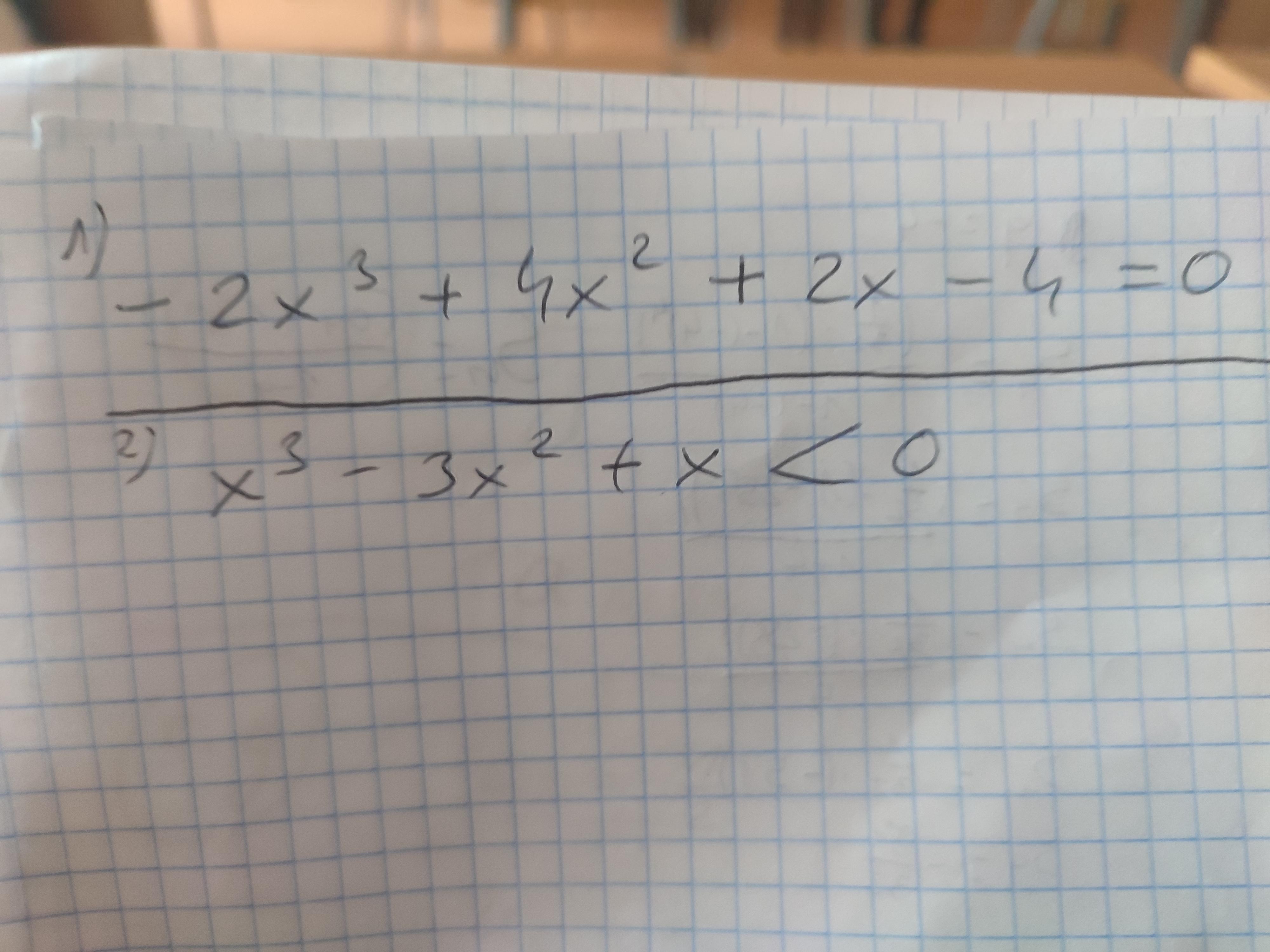Uszereguj kolejno działania podejmowane przy rejestracji działalności gospodarczej: a) wyrobienie pieczątki firmowej b) powiadomienie Państwowej Inspekcji Pracy i Państwowej Inspekcji Sanitarnej c) Zakład Ubezpieczeń społecznych - zgłoszenie do ubezpieczenia d) Urząd Skarbowy - numer NIP e) Sąd Rejonowy - wpis do rejestru przedsiębiorstw f) Wojewódzki Urząd Statystyczny - numer REGON g) założenie rachunku w banku.
-
Temat:
Przedsiębiorczość -
Autor:
star5 -
Utworzono:
1 rok temu
Odpowiedzi 1
Odpowiedź:
rtyuioplkjhgfdsazxcvb
-
Autor:
pongo30oq
-
Oceń odpowiedź:
5
Znasz odpowiedź? Dodaj ją tutaj!
Wybierz język i region
How much to ban the user?
1 hour
1 day
100 years


